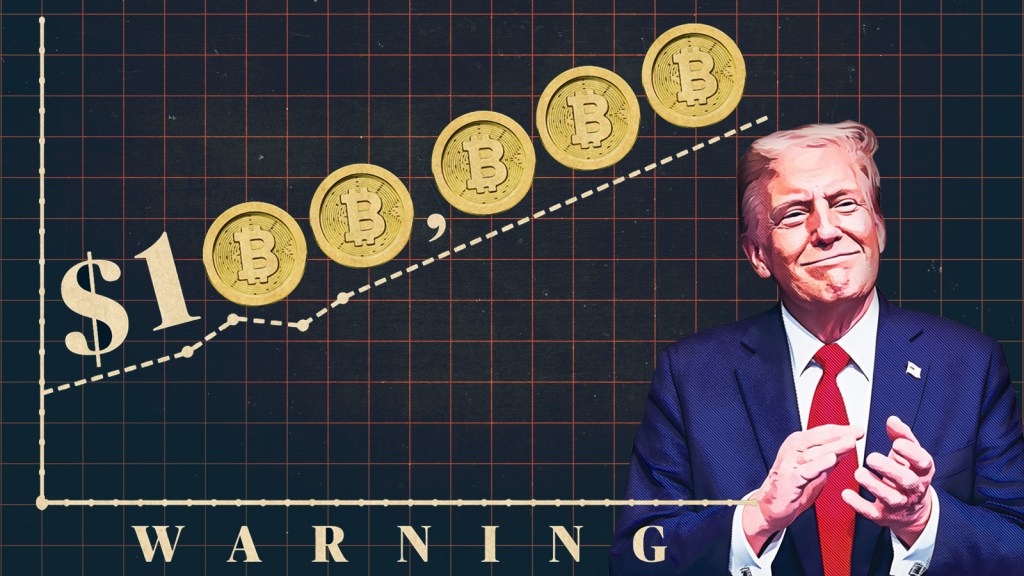Instability Grows in Europe: French Bonds Outperform Spanish and Greek Debt
This week marked a significant development in the eurozone’s sovereign debt landscape as investors have begun demanding a higher yield on French government bonds compared to those of former bailout countries, Spain and Greece.
The yield for France’s ten-year bonds has risen to 2.97 percent, surpassing Spain’s 2.95 percent. This is the first occasion since before the financial crisis of 2007 that French bonds have yielded more than those from Spain.
Additionally, France’s five-year bond yields are at 2.56 percent, exceeding the 2.38 percent on Greek equivalents—a shift that hasn’t been seen since the introduction of the euro 23 years ago.
This divergence in bond performance highlights a troubling reality in the eurozone: the largest and once most robust economies, France and Germany, are now seen as the weakest links, giving way to a reinvigorated southern region.
The uptick in French bond yields aligns with various recession warnings and concerning economic data emerging from Germany, traditionally viewed as Europe’s growth engine. Recent September statistics have revealed that Germany’s manufacturing sector is struggling, with industrial output plummeting to lows not seen since 2020. Business confidence indicators have also hit their lowest point since the year’s beginning, raising concerns of a potential recession following recent growth contractions.
Carsten Brzeski, the global head of macroeconomics at ING, described the situation in Germany as a “macroeconomic nightmare,” characterized by declining economic growth, a faltering industrial sector, labor market difficulties, and the looming threat of unprecedented factory shutdowns, notably by Volkswagen. Added to this economic malaise are political tensions following significant victories for Germany’s far-right in recent elections, reflecting dissatisfaction with the governing coalition.

This contrast between Germany’s struggles and the improving economic conditions in southern eurozone nations was highlighted when Chancellor Olaf Scholz criticized UniCredit for its growing stake in Commerzbank, Germany’s second-largest bank. Scholz deemed the move an “unfriendly attack” by Italy’s leading bank, which aims to expand its presence in cross-border asset markets.
Germany and France, among the foundational members of the European Union, together account for 40 percent of the bloc’s economic output. Despite the EU’s expansion to 27 members, the Franco-German partnership remains central to the union’s cohesion, rooted in a postwar peace initiative. Historically, agreement between these two nations has been essential for EU progress.
The two nations have maintained a balance of strengths, with Germany providing economic might and France contributing diplomatic influence and military capabilities. However, relations have soured in recent years over differences in energy policy, financial strategy, defense, and international conflicts such as Israel’s actions in Gaza, while both leaders face internal political challenges.
The recent increase in French bond yields, which adversely affects the value of these assets, stemmed from warnings by the French finance minister indicating that the government deficit could exceed previous estimates of 6 percent of GDP. This potential rise would place France with the highest deficit in the eurozone, above an earlier revised estimate of 5.5 percent.
France’s current minority government, headed by Michel Barnier, has been tasked with delivering a draft budget by October 9 amidst a divided parliament and pressure from financial entities and the European Commission for fiscal reform. This situation has sparked resistance from the far-left against austerity measures and rejection from the far-right of any new tax increases.
With the future of the budget uncertain and possible credit rating downgrades on the horizon, Barclays analysts recommend that investors favor Spanish debt over French bonds. The financial forecast indicates that Spain’s debt ratio is expected to decline in the coming years, while France’s is projected to escalate beyond 115 percent of GDP, according to the International Monetary Fund. Moreover, France is anticipated to issue a record €220 billion in bonds in 2025, marking the highest supply in the euro’s history.

As France grapples with its fiscal issues, Germany faces deep-rooted economic challenges impacting its export-led industrial model. For decades, this model flourished on affordable Russian gas and strong demand from China. However, as global trade dynamics shift, warnings emerge regarding Germany’s aging workforce and heightened vulnerability to international trade disruptions and tariff protections.
Analysts highlight that Germany’s industries are undergoing permanent closures, shifting operations to regions with lower energy and labor costs or more favorable policies. Guillaume Jaisson of Goldman Sachs noted a trend of German production moving to China and the United States.
This year, Germany is forecasted to be one of the poorest-performing major economies, with projections for growth ranging from -0.1 percent to -0.3 percent, starkly contrasting with other economies such as the US, UK, and Spain, which are expected to see growth accelerate.
Policy options seem limited. France appears to face prolonged political deadlock, with no elections permissible until 2027, while Germany’s fiscal recovery efforts are constrained by legal limits on deficit spending.
In the vacuum of political solutions, the European Central Bank may need to implement more aggressive interest rate cuts to stabilize its two largest member states. Analysts at Deutsche Bank predict that the ECB could reduce borrowing costs significantly by December, possibly lowering them from the current 3.5 percent to 2 percent within the next year, contrasting sharply with prevailing market expectations.
Mark Wall, the chief economist at Deutsche Bank, observed that ongoing weak data doesn’t show signs of abating. He warned of three prevailing negative trends: sluggish competitiveness in Germany, fiscal and political uncertainty in France, and economic diminishing returns in Italy as past stimulus measures fade.




Post Comment